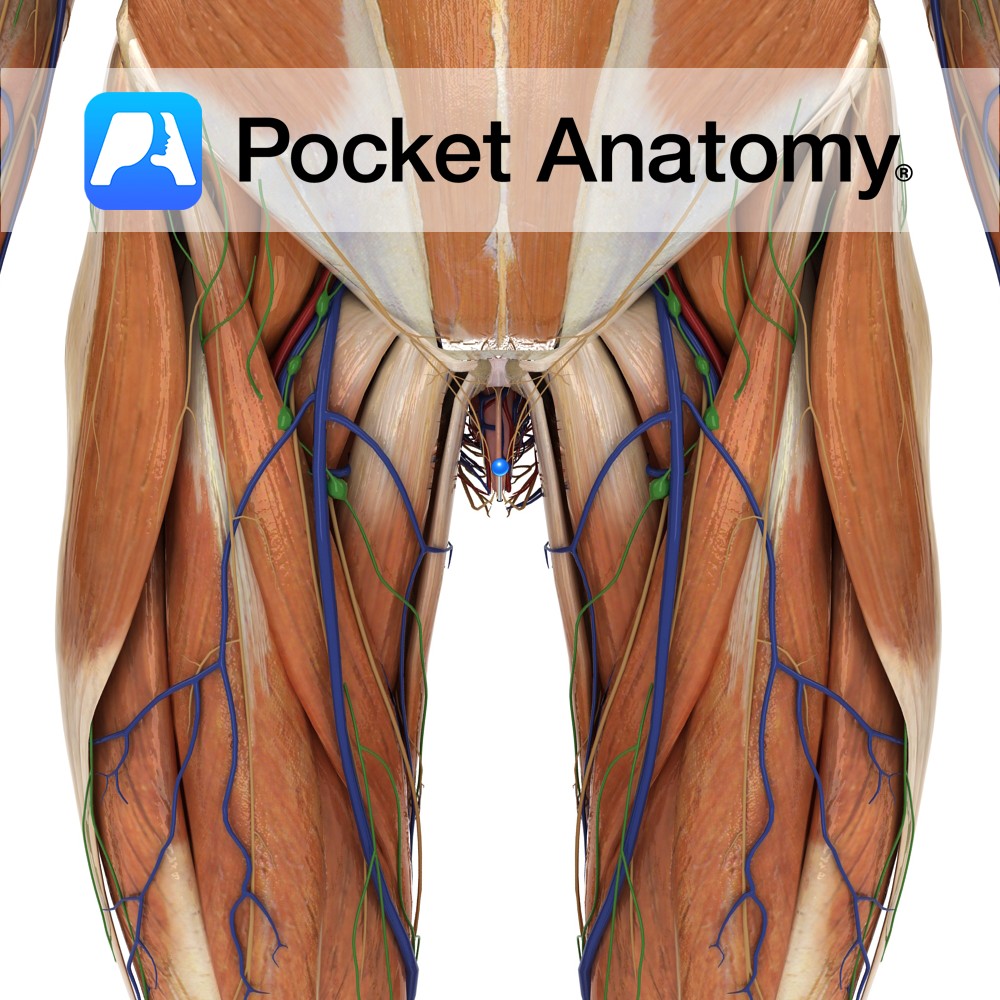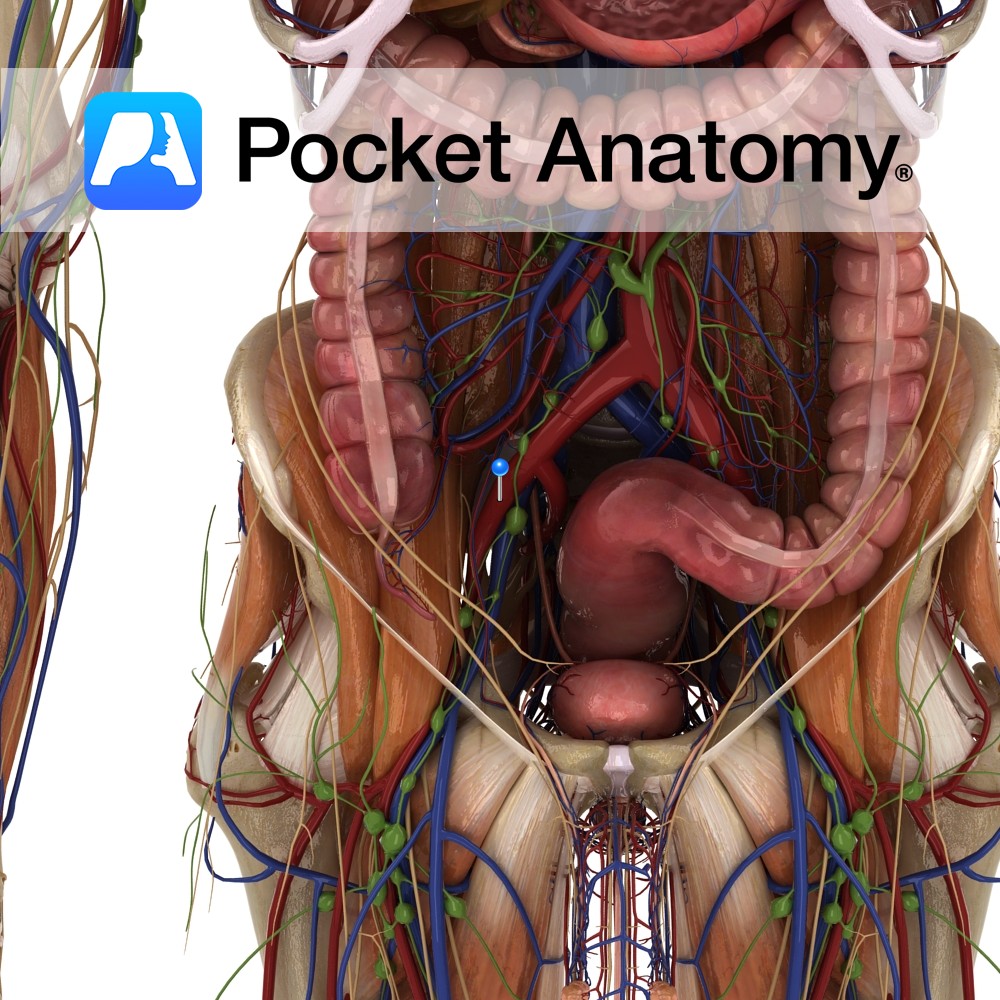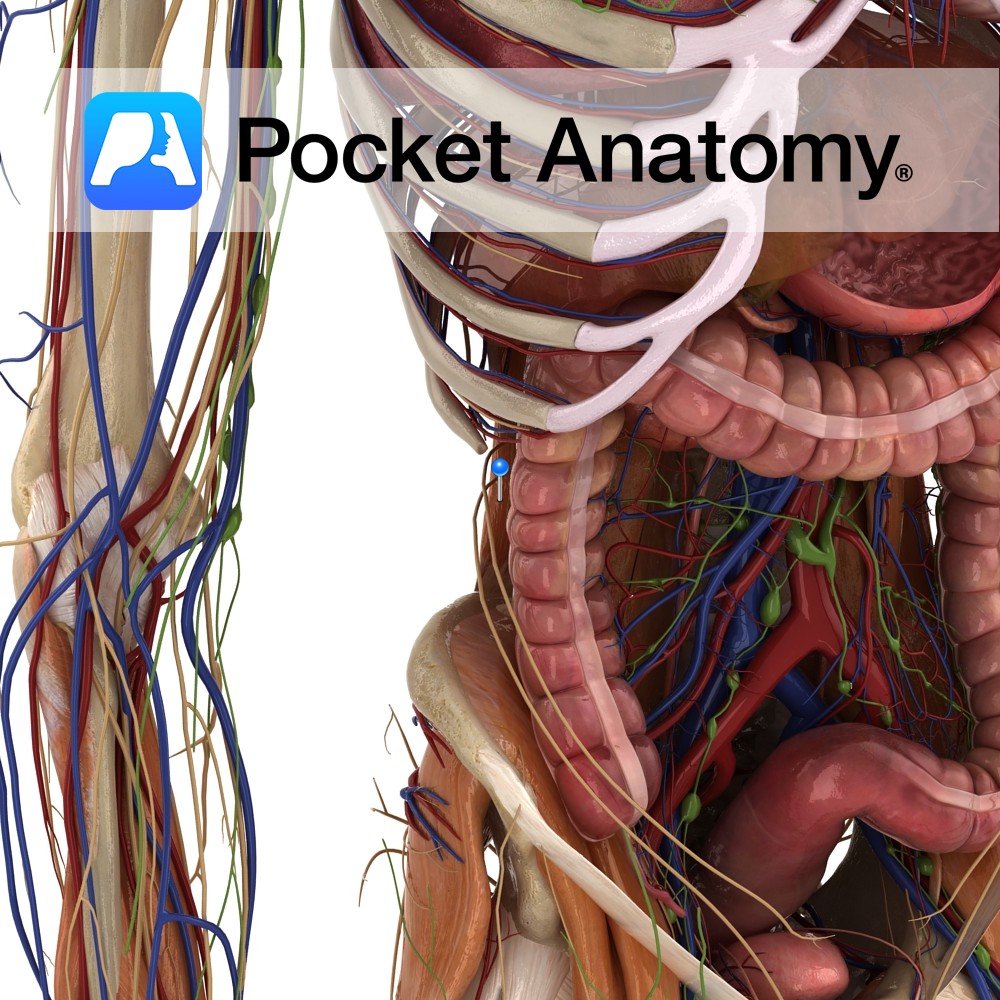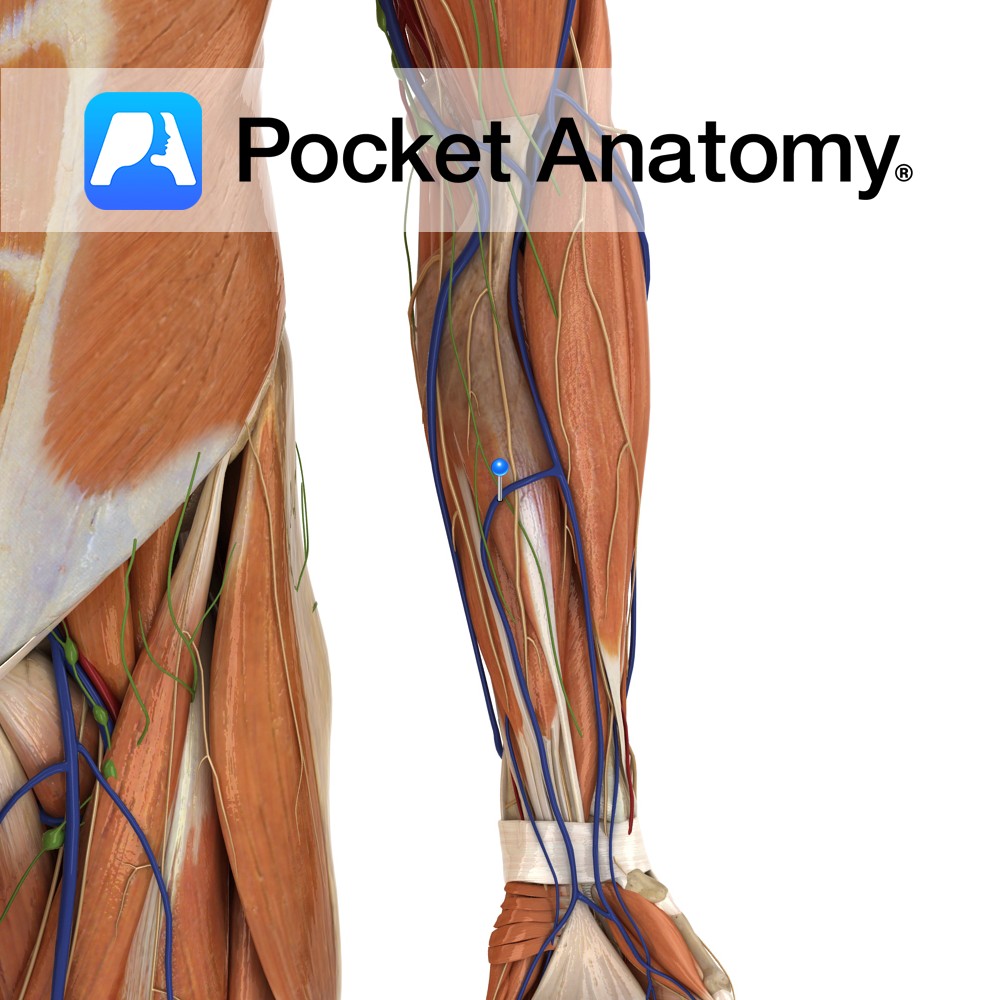Anatomy
Pelvic female sex organ, a fibromuscular tube (lower part of genital tract and birth canal), courses up and back, connects vulva (behind urethral orifice, protected by labia) to uterus (at external os of cervix), behind bladder (and urethra and distal ends ureters) and upper part of cervix, in front of rectum, between levators ani, pierces urogenital diaphragm with sphincter urethrae (posterior fibres of which are attached to vaginal wall).
Anterior wall pierced by the cervix (anteverted about 45° with vagina, such that external os touches posterior vaginal wall – which is about 1/2″ longer than anterior – with anterior and posterior walls elsewhere apposed ie lumen flattened). Recess around cervix called anterior/posterior/lateral(2) fornices (posterior fornix covered with peritoneum, broad ligament attaches near lateral fornices). Lower/outer 1/3 of wall has transverse rugae; whole vagina expands (elastic, at rest about 2.5-3″ long) during intercourse and childbirth. 3 muscles can exert sphincter forces; pubovaginalis (anterior part of levators), urogenital diaphragm, bulbospongiosus).
Supplied by vaginal artery (usually as branch of uterine though can be directly off internal iliac), anastomosing right and left and with cervical branch of uterine; also by internal pudendal and vaginal branches of middle rectal. Lymphatic drainage to internal/external iliac and superficial inguinal nodes. Vaginal nerves derived from uterovaginal plexus in base of broad ligament either side of supravaginal part of cervix. Lower/frontal part of vagina supplied by pudendal nerve. External orifice partially or wholly covered by thin membrane – hymen – a component of vulva, usually recedes after intercourse/exercise/trauma/illness/infection.
Physiology
Passageway for menstrual fluids, intercourse, childbirth. Accommodates, grips, fits around, lubricates penis; nerve endings particularly in lower 1/3 give rise to pleasure (part of large cluster of tissue, particularly associated with clitoris), arousal such as clitoral/vaginal stimulation causes release of lubricant to effect/facilitate penile entry while also maintaining the degree of friction (through a combination of rugae texture and sphincteric pressure) needed to effect/force male orgasm and sperm capture; during copulation and orgasm, expands in length to 4″ and more, upper 2/3 “tents”, cervix retracts.
Vagina self-cleans, symbiotic flora Döderlein’s bacillus breaks down glycogen to lactic acid, keeps pH 3.8-4.5 and discourages pathogens. Bartholin’s glands near opening and at cervix produce alkaline mucus around time of ovulation. Expands greatly during childbirth.
Clinical
Females have 2 genital orifices – vagina, urethra – whereas males have one. Vaginitis (symptoms when present include pain, burning, discharge, itch) can be due to pathogenic bacteria (commonest Gardnerella, also bacterial STDs such as gonorrhea), protozoa (commonest trichomoniasis) viruses (commonly herpes simplex) fungi (candidiasis – yeast infection, often after normal vaginal environment disturbed by a course of antibiotics). Vaginal lumps can include Bartholin’s cyst, HS vesicles; cancer of vagina ordinarily squamous cell. Vaginismus (conditioned reflex) is painful spasm that can interfere with sexual function.
Interested in taking our award-winning Pocket Anatomy app for a test drive?





